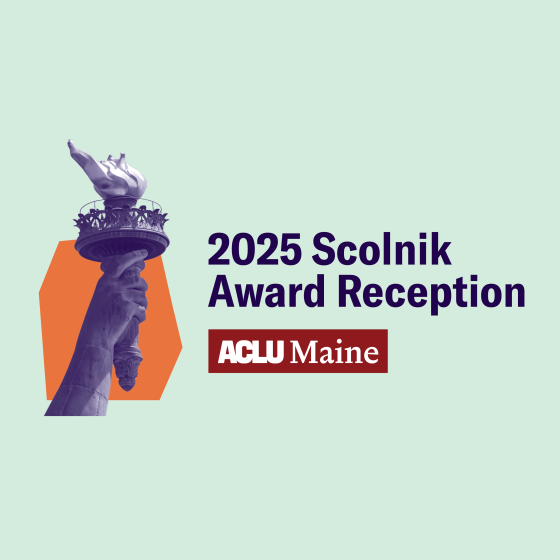Back in April, the ACLU filed a Freedom of Information Act (FOIA) request for 23 State Department embassy cables that had been released in 2010 by WikiLeaks and then published by major newspapers. We sued the government after it failed to respond to our FOIA request, and eventually the State Department gave in and released portions of the diplomatic cables to us. Yesterday we made those documents public, and they tell quite an interesting tale about government secrecy.
Ever since the documents were first released and became widely distributed online and in the press, the government continued to state that the cables released by WikiLeaks were classified government documents, and they refused to confirm the authenticity of any particular cable, even going so far as forbidding certain government employees from accessing the cables online and interrogating a State Department employee who had linked to one from his personal blog. But now, with this official release to the ACLU, the government has finally acknowledged for the first time that the WikiLeaks release contained authentic State Department cables.
What’s more interesting, though, is what they didn’t release to us. Of the 23 embassy cables that we sought, twelve were withheld in full, and eleven were released in part, with significant portions redacted by the State Department. But here’s the fun part: Because WikiLeaks has already published the full text of each cable, we know what’s underneath each of the redactions! This exposes a roadmap of the government’s classification decisions and reveals what the government thinks the public should and should not be able to see.
If you visit our WikiLeaks Diplomatic Cables FOIA webpage, you can see for yourself that the State Department has claimed the authority to conceal information that is embarrassing to or critical of the government -- like criticism of the CIA’s black-site prison program and treatment of Guantanamo detainees -- while releasing information that paints the U.S. in a positive light. The excerpts that you will find on the WikiLeaks FOIA page make for a fascinating read and shed a new light on the government’s selective decisions to hide information from the American public.
There’s much more to this story, and I would strongly encourage you to read the ACLU's complete rundown of what we found and what it tells us about government secrecy, including what’s contained in those twelve cables that were withheld in full. In the meantime, we await the government’s legal brief justifying its decision to conceal publicly available information from the public, due later this month. This story is not over yet, but so far it's given us quite a lot to talk about.

